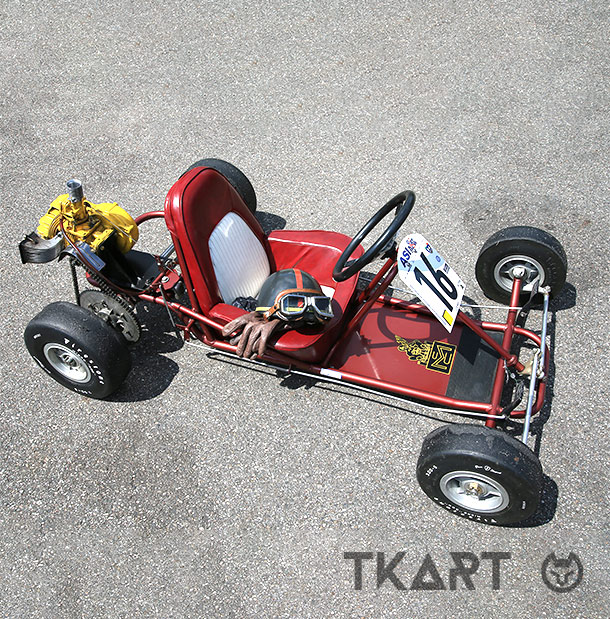Frequent Searches
Frequent Searches

 Exclusive Content
Exclusive Content

When it arrived on the market in 1962, the 200 was the chassis which was halfway into the McCulloch re-development racing range. This family included the 100 and 300 chassis which, along with the 200, replaced the previous R-1, C-1 and F-1. While the latter were openly dedicated to racing (R-1), rental (C-1) and, one might say to leisure time (F-1), the new 100, 200 and 300 were developed with a specific goal in mind…performance. The McCulloch 200, in particular, replaced the F-1 model appreciated for its comfort, yet criticized for not providing the behavior and execution that one would expect from a racing kart, despite being clearly positioned on the market as a “Family Kart”. The 200 featured a 0,83 inches thick, single-tube chassis (unlike the R-1 and the 300, which were distinguished by a double-tube chassis or space-frame), an engine’s crankcase no longer welded to the rear tubes, but rather fastened onto the axle and anchored to the chassis by means of shock absorbers to minimize the vibrations as much as possible.
Another major change implemented to the McCulloch 200 concerned the colors, as to the classic yellow which had distinguished all of the previous chassis, and which still characterizes the engines now, the color racing red was introduced for the 100 and the 200, and the Bahama blue for the 300. The new one, for that time period, a two-tone white and red seat which matched the tube’s color, definitely stood out. Equipped with plenty of padding and ergonomically shaped, it ensured maximum comfort even in the most uneven surfaced circuits. Amongst the tubes which support the seat’s back there was also the fuel tank, with a capacity of 5 liters while matching the color of the chassis.